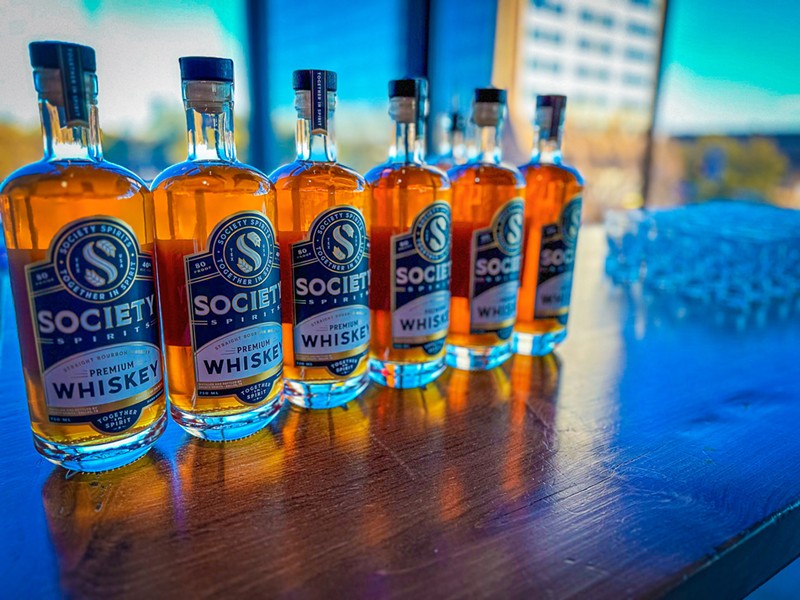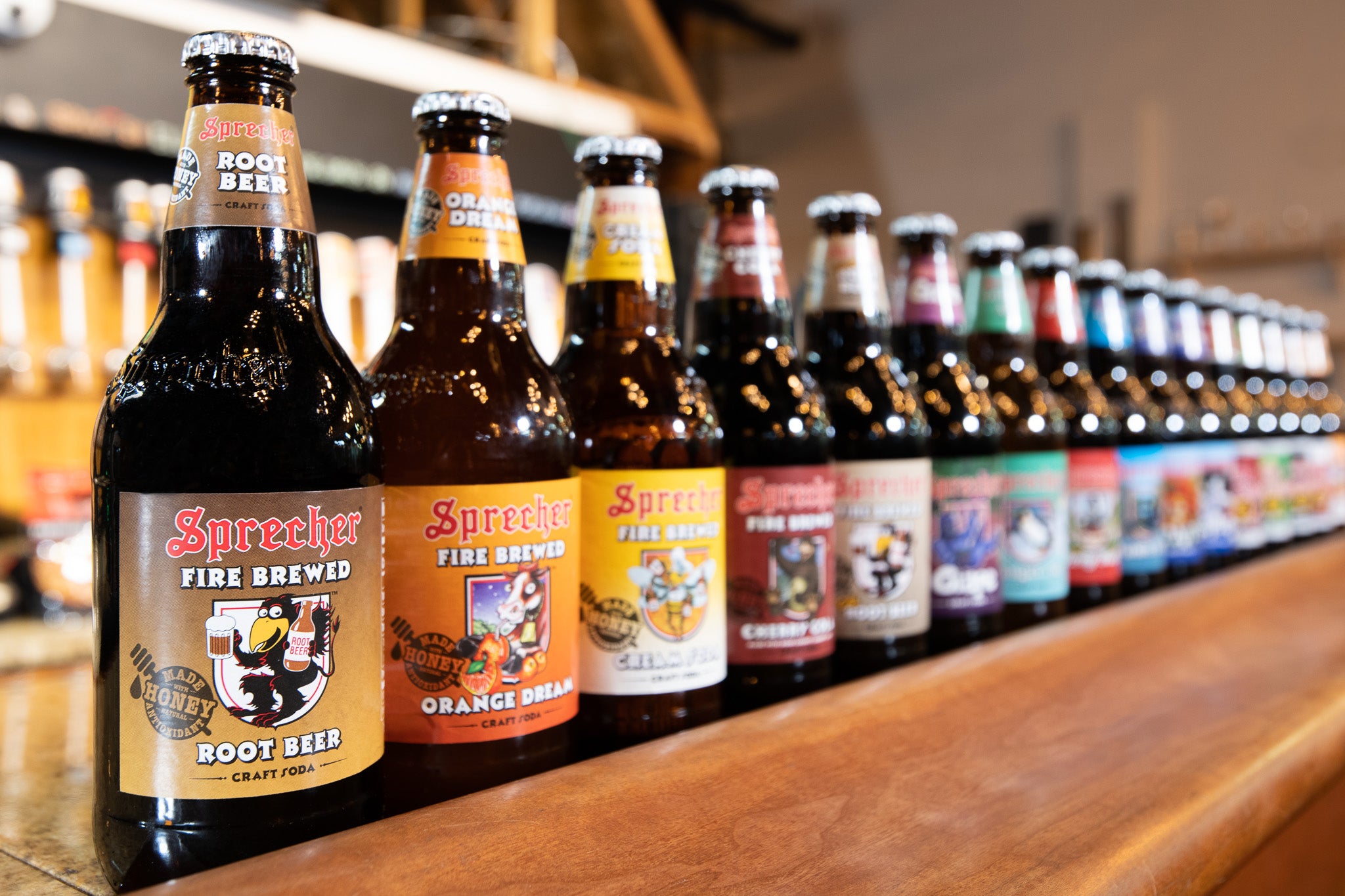Check out a Distillery in Galveston: Behind-the-Scenes Tours and Tastings
Check out a Distillery in Galveston: Behind-the-Scenes Tours and Tastings
Blog Article
From Mash to Bottle: The Complexities of Craft Distillery Manufacturing Revealed
Craft distillery manufacturing is a precise procedure that involves a collection of intricate actions to change raw ingredients into a refined spirit ready for consumption. From the first phases of mash prep work to the last touches of bottling and classifying, each stage of manufacturing plays a crucial duty in forming the character and quality of the final product (Seawall Bar). As we untangle the intricacies of craft distillery manufacturing, we will uncover the artistry and scientific research behind each action, clarifying the covert world that finishes in the production of a special and phenomenal spirit
The Art of Mash Preparation
Mash preparation in craft distillery manufacturing is a careful process that lays the structure for the high quality and flavor account of the last distilled spirits. The art of mash preparation involves incorporating grains such as barley, corn, rye, or wheat with water and enzymes to convert the starches into fermentable sugars. This crucial action requires accuracy in the option of grains, water high quality, and enzyme activity to ensure optimum sugar removal during fermentation.
Craft distilleries take fantastic care in sourcing high-quality grains as they straight impact the preference and character of the spirits. The proportions of various grains utilized in the mash bill are additionally very carefully calculated to achieve the desired taste profile. In addition, aspects such as water temperature, pH degrees, and blending strategies play a significant function in the mashing procedure.
As soon as the mash is prepared, it undertakes fermentation, where yeast is contributed to transform sugars into alcohol. The quality of the mash straight influences the effectiveness of fermentation and ultimately, the general top quality of the distilled spirits. Craft distilleries pride themselves on their interest to information during mash prep work, identifying its significance in developing outstanding spirits.
Fermentation: Changing Ingredients Into Alcohol
Exactly how do craft distilleries change carefully prepared active ingredients into alcohol with the procedure of fermentation? Fermentation is an essential action in craft distillery manufacturing where yeast interacts with sugars to create alcohol. After the mash preparation phase, the fluid, called wort, is transferred to fermentation storage tanks. Yeast is after that contributed to the wort, where it eats the sugars existing in the blend, transforming them into alcohol and carbon dioxide.

Throughout fermentation, the temperature and atmosphere are very closely kept track of to make certain optimal problems for yeast task. This process normally takes several days to a week, depending upon the desired alcohol content and taste account. As the yeast functions its magic, the liquid undertakes substantial chemical changes, resulting in the development of alcohol.
As soon as fermentation is total, the resulting liquid is called the wash or beer. This alcoholic fluid works as the structure for the navigate to this site subsequent distillation procedure, where it will be changed right into the last spirit with careful craftsmanship and precision methods.
Purification Techniques and Equipment
Using specific tools and specific techniques, craft distilleries employ various distillation techniques to essence and fine-tune the alcohol web content of the fermented clean, inevitably forming the personality and top quality of the last spirit. Purification is the procedure of dividing alcohol from the fermented fluid via dissipation and condensation. Craft distilleries usually utilize pot stills, column stills, or crossbreed stills in their purification procedures. Pot stills, being composed of a swan and a pot neck, are recognized for producing tasty spirits with rich textures. On the other hand, column stills, which have several plates for distillation, are favored for creating lighter and smoother spirits. Hybrid stills combine elements of both pot and column stills, providing distillers versatility in crafting a diverse variety of spirits. The choice of still and the purification strategy made use of dramatically affect the scent, flavor, and total top quality of the distilled spirit. Craft distillers usually explore different equipment arrangements and purification techniques to achieve phenomenal and one-of-a-kind spirits that show their creative thinking and expertise.
Aging Process: From Barrel to Container
With the distilled spirits now prepared, the focus shifts towards the important stage of the aging process, where the change from barrel to bottle imbues article the liquid with distinct flavors and features. The selection of barrel kind, whether oak, charred, or formerly utilized for other spirits, considerably influences the final preference account.

Bottling and Labeling: Final Touches
Upon completion of the aging process, the craft distillery meticulously proceeds with the meticulous jobs of bottling and identifying, including the last touches that will certainly present the spirit to customers. Craft distilleries frequently utilize automated bottling lines furnished with equipment such as cappers, labelers, and fillers to simplify the procedure.
Labels typically consist of vital information like the spirit's name, alcohol material, and beginning. In addition, some craft distilleries hand-label their bottles for an individualized touch, specifically for limited edition releases.
When the containers are loaded, sealed, and labeled, they go through a last examination to guarantee they meet the distillery's requirements. This interest to information in the labeling and bottling process reflects the craft distillery's commitment to providing a costs item to customers.

Conclusion
To conclude, the process of craft distillery production entails careful steps such as mash preparation, fermentation, purification, aging, and bottling (Galveston Whiskey). Each stage needs careful interest to information and specific tools to guarantee the last item meets high requirements of top quality. From transforming components right into alcohol to bottling and classifying the finished product, craft distilleries display the art and scientific research behind developing premium spirits for discerning customers
Craft distillery production is a meticulous procedure that entails a collection of elaborate steps to change raw active ingredients right into a refined spirit ready for usage.Mash preparation in craft distillery manufacturing is a thorough procedure that lays the structure for the quality and flavor profile of the final distilled spirits. Craft distilleries pride themselves on their interest to detail throughout mash look at here prep work, identifying its importance in creating phenomenal spirits.
Upon conclusion of the aging procedure, the craft distillery carefully proceeds with the precise tasks of identifying and bottling, including the final touches that will provide the spirit to consumers. From transforming ingredients into alcohol to bottling and identifying the completed product, craft distilleries showcase the art and science behind producing superior spirits for discerning consumers.
Report this page